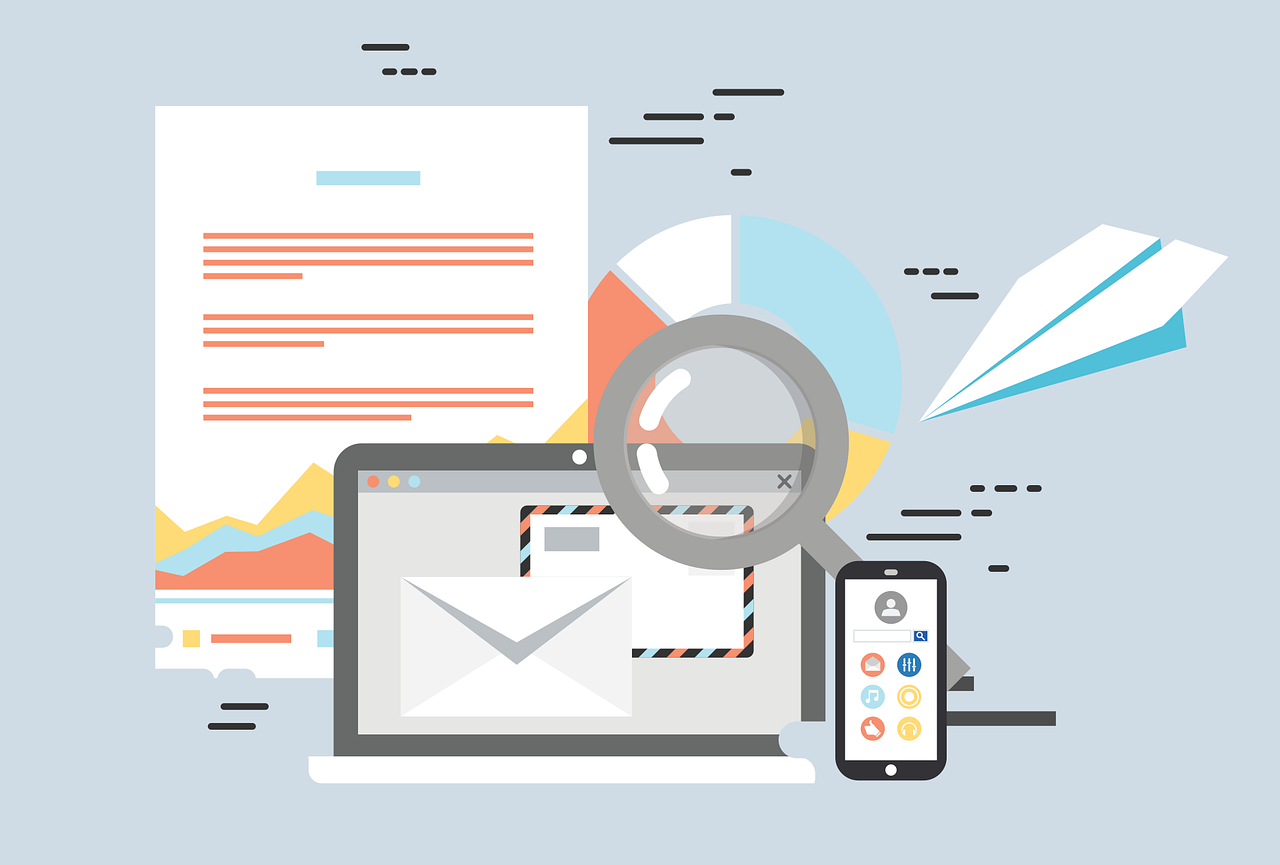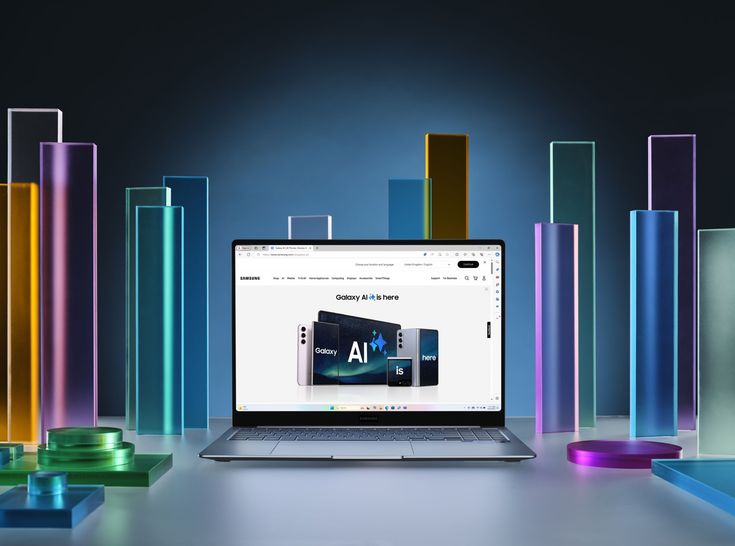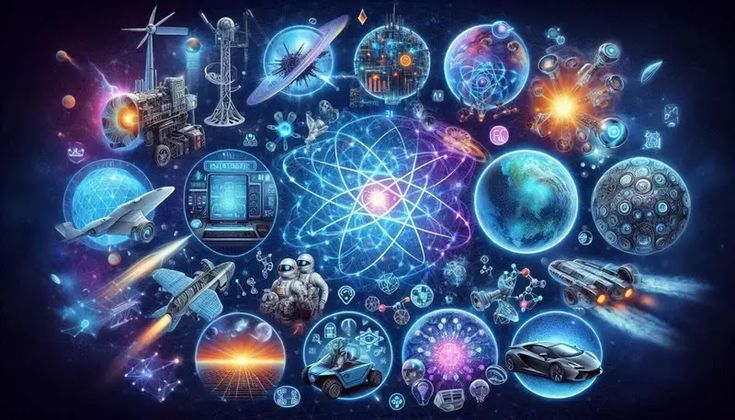🔍 Introduction: Why B2B Marketing Is Evolving in 2025
In the fast-changing digital landscape of 2025, B2B marketing is no longer just about whitepapers, cold emails, and trade shows. The expectations of B2B buyers have shifted toward personalization, speed, and trust-driven interactions — making traditional methods outdated.
If your business sells to other businesses, now is the time to adapt your marketing strategy to match current behaviors, new technologies, and rising competition.
In this post, we’ll cover:
- The new rules of B2B marketing in 2025
- Key trends and tools to embrace
- Actionable strategies for lead generation and retention
- What NOT to do in modern B2B campaigns
🚀 What Makes B2B Marketing in 2025 Different?

1. AI-Driven Personalization
Artificial intelligence is now integrated into nearly all B2B platforms. From email flows to chatbots, personalization at scale is expected. No more “Dear customer” emails — buyers want relevant offers, in real time.
2. B2B Buyers Are Acting Like B2C Consumers
In 2025, B2B buyers:
- Research online before contacting you
- Prefer mobile-first experiences
- Want fast answers via chat or messaging
- Rely on video reviews, LinkedIn content, and influencer voices
3. Longer Decision Cycles Need Nurturing
B2B deals often take weeks or months, involving multiple stakeholders. A solid content strategy, email nurturing, and remarketing are critical.
✅ Top B2B Marketing Strategies That Work in 2025
1. Account-Based Marketing (ABM)
Targeting specific high-value companies with customized messaging works wonders. Use tools like:
- HubSpot ABM
- Terminus
- RollWorks
ABM delivers higher ROI and better conversion rates than general campaigns.
2. LinkedIn as a Power Channel
LinkedIn remains the #1 platform for B2B lead generation. In 2025:
- Use LinkedIn Ads with lead forms
- Post thought-leadership content
- Encourage employees to share brand content
- Send targeted InMail campaigns
3. High-Value Content Marketing
Publish gated content such as:
- Industry reports
- Case studies
- ROI calculators
- Buyer’s guides
Pair this with a strong SEO strategy to drive organic, high-intent traffic.
4. Marketing Automation and Lead Scoring
Platforms like Marketo, ActiveCampaign, and Pardot allow you to:
- Score leads based on behavior
- Send relevant automated sequences
- Track open rates, clicks, and engagement
5. Webinars & Virtual Events
In a post-pandemic era, webinars are still powerful. Run expert panels, live Q&A, and demos to engage leads. Promote them through email and LinkedIn.
🛠️ Best Tools for B2B Marketing in 2025
| Tool | Purpose |
|---|---|
| HubSpot | CRM, marketing automation, lead gen |
| SEMRush | SEO & content strategy |
| ZoomInfo | Prospect data & intelligence |
| LinkedIn Ads | B2B advertising |
| Clearbit | Data enrichment for leads |
| Mailchimp | Email campaigns & automation |
| Surfer SEO | Content optimization |
📈 SEO for B2B: Don’t Ignore Organic Search
B2B buyers do extensive research. If you’re not ranking on Google, you’re invisible.
SEO Tips for 2025:
- Focus on long-tail keywords like “best CRM for SaaS startups”
- Create topic clusters and internal linking
- Optimize for Google Snippets & FAQs
- Use schema markup (especially for product, review, and service pages)
- Improve Core Web Vitals for UX
⚠️ Common B2B Marketing Mistakes to Avoid
- ❌ Relying only on cold email or outbound
- ❌ Ignoring mobile users and slow-loading pages
- ❌ Not having a lead scoring system in place
- ❌ Sending generic, non-personalized content
- ❌ Treating all leads the same (no segmentation)
🔮 Predictions: The Future of B2B Marketing
- Voice search and AI assistants will impact how B2B content is discovered
- More decision-makers per deal will require collaborative tools
- Short-form video on LinkedIn will outperform long PDFs
- B2B buyers will trust verified influencers over brands
- Sustainability and transparency will affect buying decisions
📌 Final Takeaway: Adapt or Be Replaced
B2B marketing in 2025 requires you to be smarter, faster, and more human. Buyers want relevant content, trusted brands, and a seamless journey — from first click to signed contract.
Invest in tools, train your team, and focus on value-driven experiences. If you do, you’ll not just survive — you’ll lead your industry.




